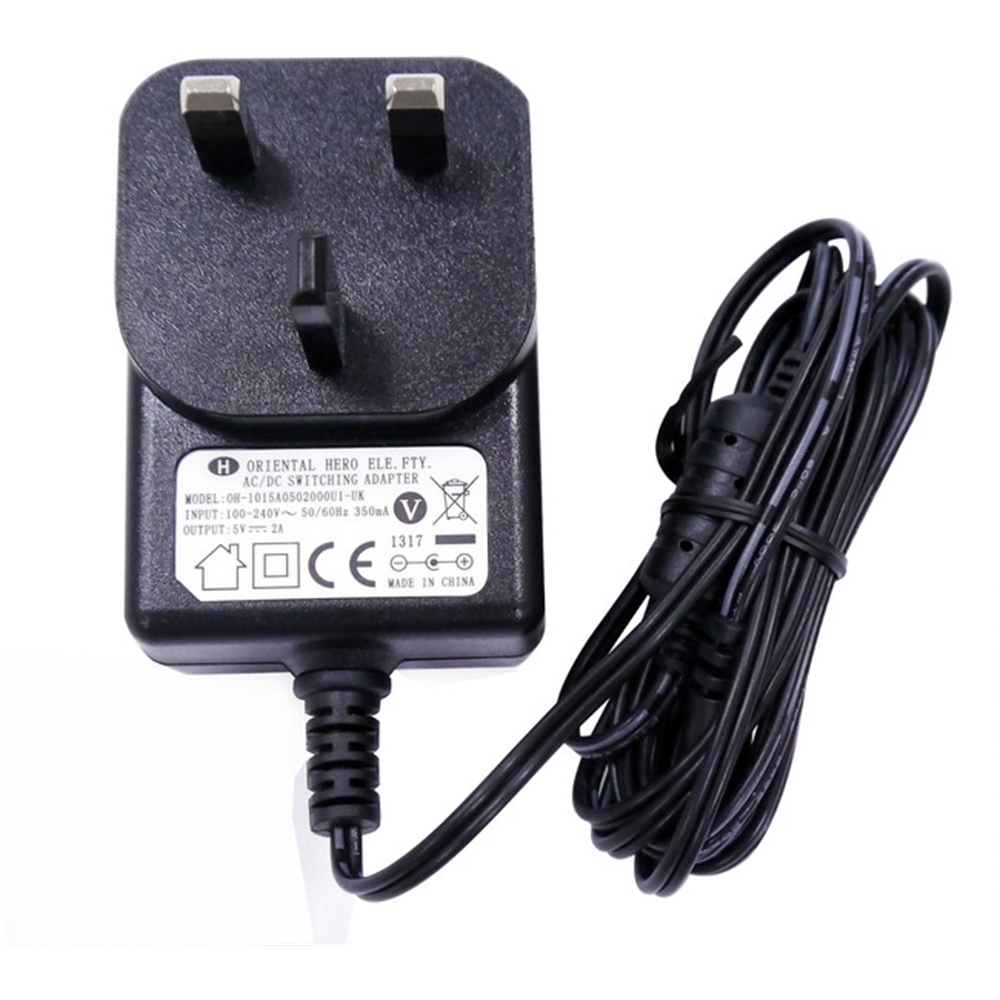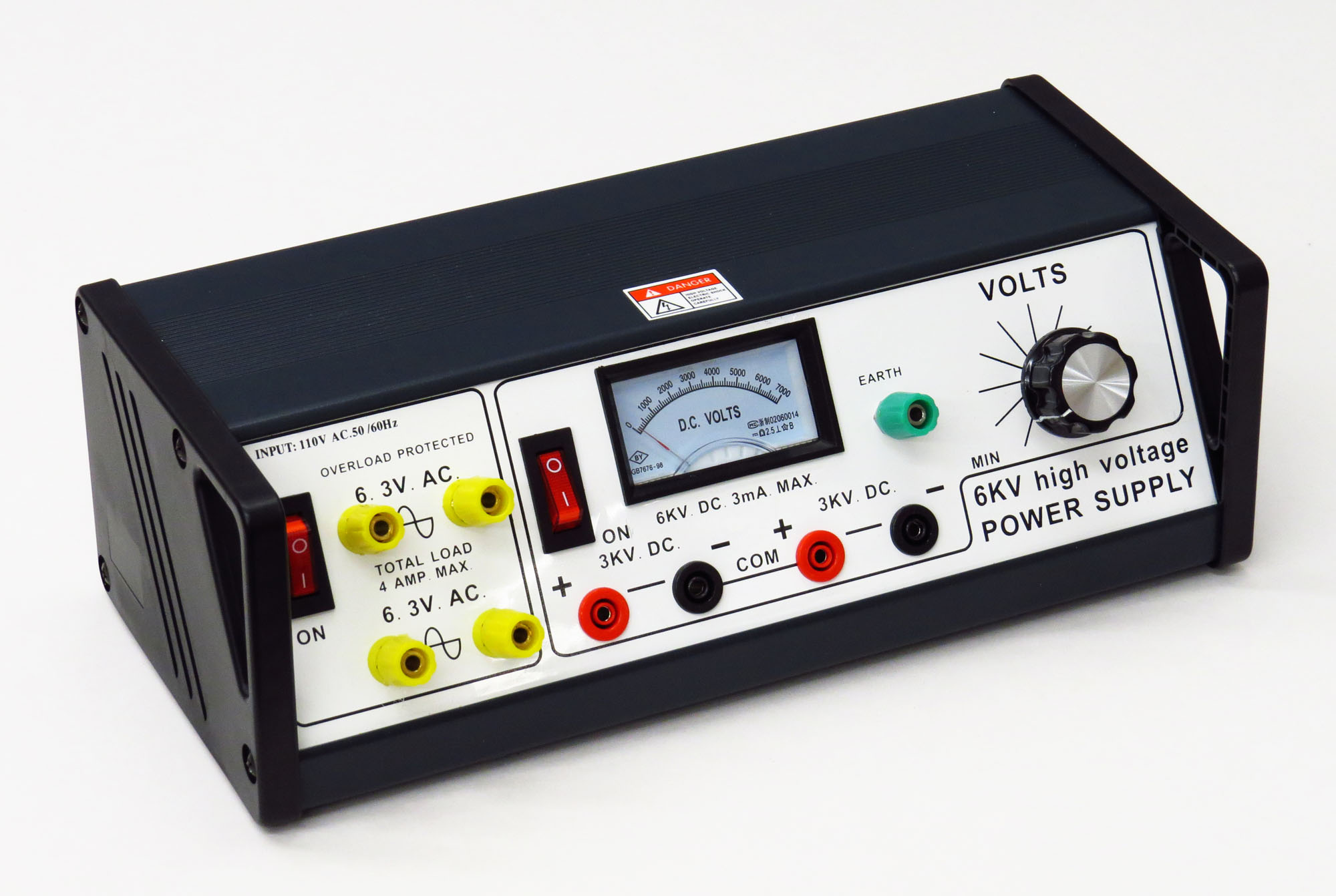Power supply UK voltage is a critical aspect of electrical systems in the United Kingdom. Whether you're a homeowner, an electrician, or someone simply curious about electricity, understanding how power supply operates in the UK is essential for safety and efficiency. This article aims to provide a detailed overview of the UK's power supply system, focusing on voltage standards, regulations, and practical considerations.
Electricity powers our daily lives, from lighting our homes to running industrial machinery. However, the voltage levels required for these applications can vary significantly. In the UK, specific voltage standards have been established to ensure compatibility and safety across different electrical devices and systems.
This guide will delve into the intricacies of power supply in the UK, covering essential topics such as voltage standards, regulatory frameworks, and practical tips for ensuring safe and efficient electrical usage. Whether you're a professional or a curious individual, this article will equip you with the knowledge you need to navigate the world of UK power supply voltage.
Read also:Hisashi Oushi Photos A Deep Dive Into The World Of A Rising Star
Table of Contents
- Introduction to Power Supply UK Voltage
- Voltage Standards in the UK
- Regulations Governing UK Power Supply
- Practical Considerations for Power Supply
- Device Compatibility with UK Voltage
- Common Issues and Troubleshooting
- Safety Tips for Using UK Power Supply
- Frequently Asked Questions
- Global Comparison of Voltage Standards
- Future Trends in Power Supply Voltage
Introduction to Power Supply UK Voltage
Power supply UK voltage refers to the electrical voltage standards used in the United Kingdom. These standards are crucial for ensuring that electrical devices function safely and efficiently. The UK operates on a nominal voltage of 230V, with a tolerance range of ±10%, meaning the voltage can vary between 207V and 253V.
Why Voltage Standards Matter
Voltage standards are essential for maintaining compatibility between electrical devices and power sources. Inconsistent voltage levels can lead to device malfunction, reduced lifespan, or even safety hazards. Understanding these standards helps consumers make informed decisions when purchasing electrical appliances.
Historical Evolution of UK Voltage Standards
The UK's voltage standards have evolved over the years. Initially, the UK used a 240V system, but with the harmonization of European standards, it transitioned to the current 230V standard. This change ensures compatibility with other European countries and simplifies international trade.
Voltage Standards in the UK
The UK adheres to specific voltage standards to ensure consistent and reliable power supply. These standards are governed by regulatory bodies and are designed to meet the needs of both residential and industrial consumers.
Nominal Voltage
The nominal voltage in the UK is set at 230V. This standard applies to both single-phase and three-phase power supplies. It is important to note that the actual voltage delivered to homes and businesses may vary slightly due to factors such as distance from the power source and load conditions.
Tolerance Levels
The voltage tolerance in the UK is ±10%, allowing for variations between 207V and 253V. This range ensures that devices can operate safely and efficiently under varying conditions. Manufacturers design their products to accommodate these fluctuations, minimizing the risk of damage or malfunction.
Read also:Guy Fieri Net Worth An Indepth Look At The Culinary Icons Wealth
Regulations Governing UK Power Supply
The power supply in the UK is regulated by several organizations to ensure safety, efficiency, and compliance with international standards. These regulations cover various aspects of electrical systems, including voltage levels, wiring standards, and safety protocols.
Key Regulatory Bodies
- The National Grid: Responsible for managing the UK's electricity transmission system.
- The Health and Safety Executive (HSE): Ensures compliance with safety regulations in electrical installations.
- The British Standards Institution (BSI): Develops and maintains standards for electrical products and systems.
Compliance Requirements
Electrical installations in the UK must comply with the Wiring Regulations, also known as BS 7671. These regulations specify the minimum requirements for safe electrical installations and include guidelines for voltage levels, wiring methods, and protective devices.
Practical Considerations for Power Supply
When dealing with power supply UK voltage, several practical considerations must be taken into account to ensure safe and efficient operation. These considerations apply to both residential and commercial settings.
Choosing the Right Equipment
Selecting appropriate electrical equipment is crucial for maintaining compatibility with the UK's voltage standards. Consumers should ensure that their devices are designed to operate within the specified voltage range. Devices with adjustable voltage settings can also be used to accommodate different power supply conditions.
Power Surge Protection
Power surges can cause significant damage to electrical devices. Installing surge protectors is a practical way to safeguard sensitive equipment from voltage fluctuations. These devices absorb excess voltage, preventing it from reaching connected appliances.
Device Compatibility with UK Voltage
Not all electrical devices are compatible with the UK's voltage standards. Understanding device compatibility is essential for avoiding potential issues and ensuring safe operation.
International Devices
Devices manufactured for use in other countries may not be compatible with the UK's 230V power supply. Consumers should check the voltage specifications of their devices and consider using voltage converters or transformers if necessary.
Common Compatibility Issues
Some common compatibility issues include overheating, reduced performance, and premature failure of electrical components. These problems can often be resolved by using devices specifically designed for the UK market or by employing appropriate voltage conversion methods.
Common Issues and Troubleshooting
Despite adherence to voltage standards and regulations, issues with power supply UK voltage can still arise. Recognizing and addressing these problems promptly is essential for maintaining safe and reliable electrical systems.
Identifying Voltage Fluctuations
Voltage fluctuations can manifest as dimming or flickering lights, slow-running appliances, or frequent circuit breaker trips. Consumers should monitor their electrical systems regularly and consult a qualified electrician if such issues persist.
Solutions for Voltage Problems
Addressing voltage problems may involve installing voltage stabilizers, upgrading wiring systems, or contacting the local power supply company. These solutions help ensure consistent and reliable power delivery to homes and businesses.
Safety Tips for Using UK Power Supply
Safety should always be a top priority when dealing with electrical systems. Following these safety tips can help prevent accidents and ensure the safe use of power supply UK voltage.
Proper Installation and Maintenance
All electrical installations should be carried out by qualified professionals. Regular maintenance of electrical systems, including checking wiring and connections, can help identify potential hazards before they become serious issues.
Using Protective Devices
Installing residual current devices (RCDs) and circuit breakers provides additional protection against electrical faults and overloads. These devices automatically disconnect power in the event of a fault, reducing the risk of electric shock and fire.
Frequently Asked Questions
Here are some common questions about power supply UK voltage:
What is the standard voltage in the UK?
The standard voltage in the UK is 230V, with a tolerance range of ±10%.
Can I use devices from other countries in the UK?
Devices from other countries may require voltage conversion or adapters to function safely and efficiently in the UK.
How can I protect my appliances from voltage fluctuations?
Installing surge protectors and voltage stabilizers can help protect appliances from voltage fluctuations.
Global Comparison of Voltage Standards
Voltage standards vary significantly across the globe. While the UK operates on a 230V system, other countries may use different voltage levels, such as 110V in the United States. Understanding these differences is essential for travelers and businesses operating internationally.
Key Differences in Voltage Standards
The primary difference between voltage standards lies in the nominal voltage and frequency. For example, the US uses a 110V system with a frequency of 60Hz, while the UK uses 230V with a frequency of 50Hz. These differences affect the compatibility of electrical devices across borders.
Implications for International Trade
The harmonization of voltage standards within the European Union has facilitated international trade by simplifying compatibility requirements. However, businesses exporting to non-EU countries must still account for differences in voltage standards and adapt their products accordingly.
Future Trends in Power Supply Voltage
Advancements in technology and increasing demand for renewable energy sources are driving changes in power supply systems worldwide. The future of power supply UK voltage is likely to involve greater integration of smart grids, energy storage systems, and decentralized power generation.
Smart Grid Technology
Smart grids enable real-time monitoring and management of power supply, improving efficiency and reliability. These systems can automatically adjust voltage levels to optimize performance and reduce waste.
Renewable Energy Integration
The growing use of renewable energy sources, such as solar and wind power, is reshaping the power supply landscape. As the UK transitions to a more sustainable energy model, voltage standards and power distribution systems will need to adapt to accommodate these new technologies.
Conclusion
In conclusion, understanding power supply UK voltage is essential for ensuring safe and efficient electrical systems. From voltage standards and regulations to practical considerations and future trends, this guide has covered the key aspects of power supply in the UK. By following the safety tips and best practices outlined in this article, consumers and professionals alike can make informed decisions about their electrical needs.
We encourage you to share this article with others and leave your thoughts in the comments section below. For more information on related topics, explore our other articles on electrical systems and energy solutions.



